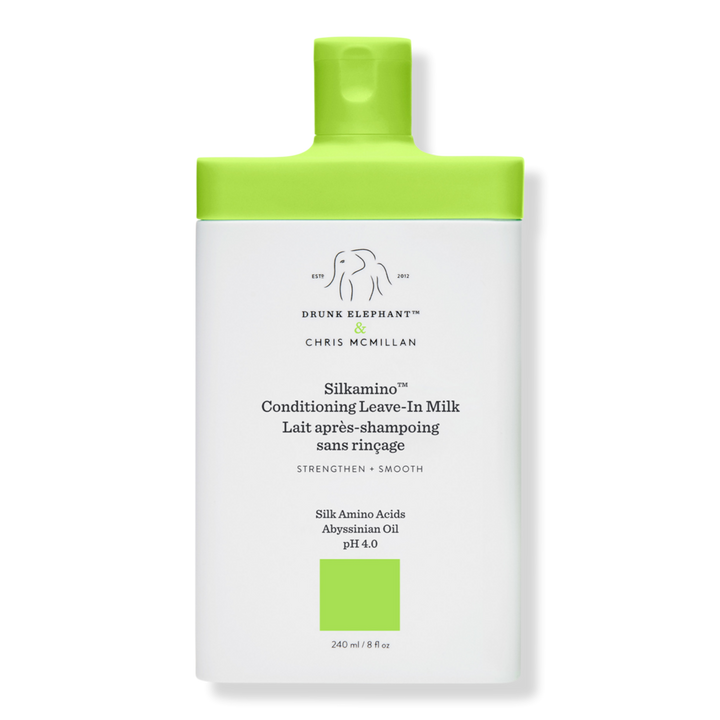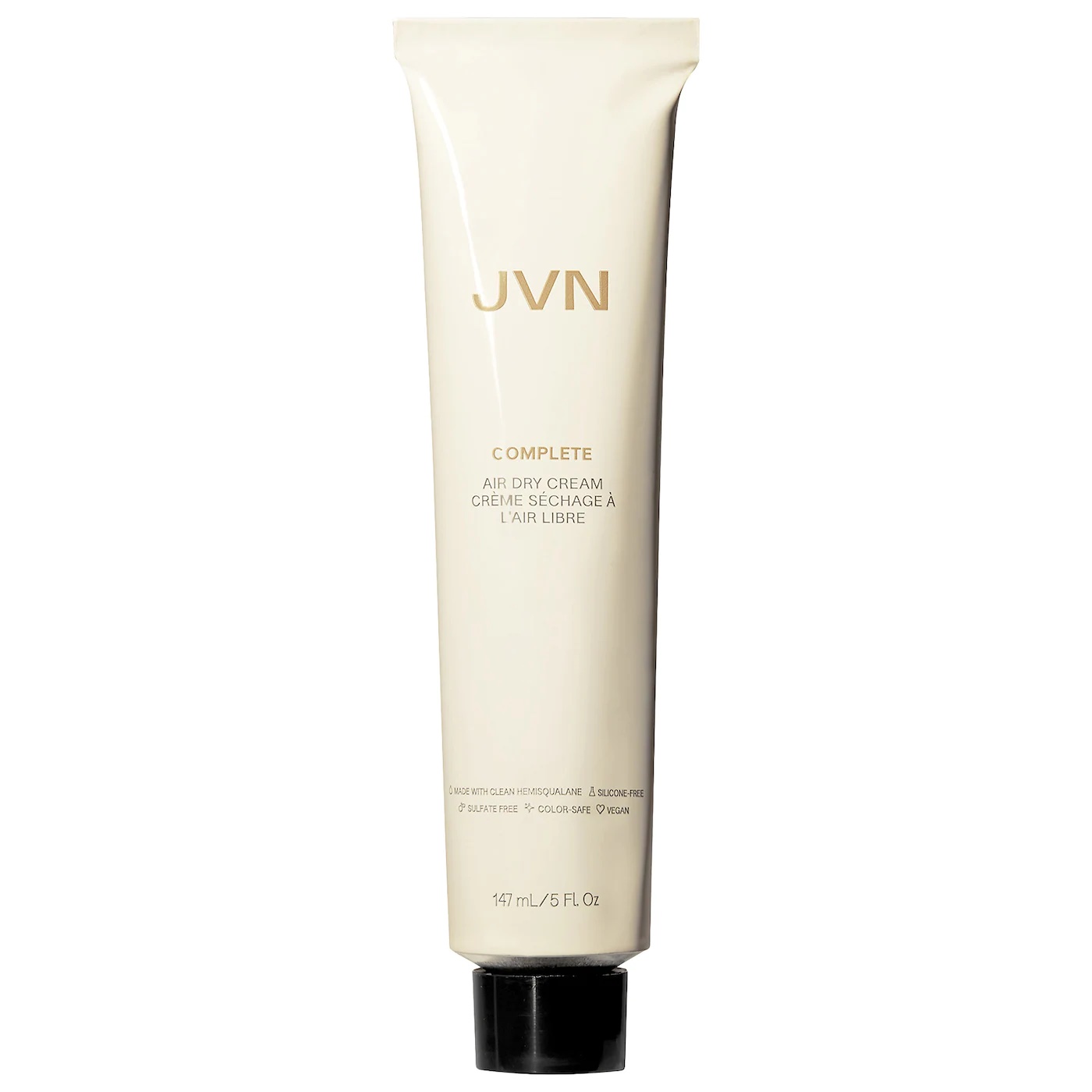I Take a 4 Month Break From My Hot Tools Every Summer—Here’s How I Keep My Air-Dried Hair Frizz-Free
- Jeremy Tardo, senior colorist at Benjamin Salon and celebrity hairstylist whose clients include Miranda Kerr and Miley Cyrus
"In summer, when our hair is already exposed to more harsh elements like damaging UV rays, chemically treated water, or even salt water, it is beneficial to refrain from the use of excessive heat when styling," says celebrity stylist Jeremy Tardo, who counts Miranda Kerr and Miley Cyrus among his clients. "Air drying hair can prevent unnecessary damage caused by hot tools."
In the latest episode of Zoë Tries It All, I reveal exactly how I air-dry my hair without frizz (along with my answers to a few other reader-submitted hair-care questions). And despite the fact that it took me two-thirds of my life to learn, the process is surprisingly easy. Scroll through to shop the products I use every day, then press play on the video above for even more tips for your healthiest hair yet.
{{post.sponsorText}}
How To Air-Dry Wavy Hair
1. Start with a curl-friendly shampoo
Curly hair generally has a moisture problem. To get science-y for a sec, your hair relies on the natural oils from your scalp to stay hydrated, but curls and waves make it harder for those oils to travel down your strands. This causes the hair to become dry, and the cuticles on its outer layer start to raise in an attempt to pull in moisture from the environment—which is why frizz and humid summer weather tend to go hand in hand.
"Straight hair grows straight out of the scalp, having ample opportunity to be bathed by the oil secreted by sebaceous glands in the scalp," Sharleen St. Surin-Lord, MD, a board-certified dermatologist and hair specialist at Visage Dermatology in Maryland, previously told Well+Good. "Curly, coily, kinky, or textured hair on the other hand, twists, turns, and coils, so the entire hair shaft doesn't make contact with the sebum secreted. This is why these hair textures require added hair moisturizers, leave-in conditioners, and oils."
Because of this, it's extra important to start your curl-friendly routine with a moisturizing shampoo to quench some of that thirst. I'm a fan of Living Proof's Curl Shampoo, which combines curl-enhancing ingredients with a frizz-eliminating conditioning element. Regardless of what shampoo you're going with, be sure to look for a sulfate-free formula, as these ingredients tend to be stripping and can dry your hair out even further.
2. Opt for a leave-in conditioner
To up my routine's moisture factor even further, I opt for a leave-in conditioner instead of a rinse-out one. "A leave-in conditioner is a hydrating cream that absorbs in your hair and helps to seal your ends that could be prone to splitting," says celebrity hairstylist Paul Labrecque. This "sealing" element helps to further prevent frizz, and also helps to protect against damaging environmental factors like pollution and UV rays.
Though this Drunk Elephant formula isn't technically designed for curly hair, I've found that the combination of hydrolyzed silk and amino acids leaves my hair strong, shiny and smooth.
3. Style with a cream
I promise I'll stop talking about moisture in a second, but this is the most essential step in getting my curls to dry the way I like. Instead of opting for a crunchy gel or mousse, I like to scrunch my hair with a cream-based formula. There are a ton of favorites on my list (two of which you can learn more about in the video above), but right now I'm loving JVN's Air Dry Cream, which is made with chia seed and linseed extracts to enhance my natural texture and moringa seed oil to up its shine.
4. Spritz a sea salt spray
I tend to like my waves looking fresh from the ocean, so I finish off my routine with a sea salt spray. Because salt sucks up moisture, these types of products have a tendency to be drying (it's the same reason why you retain water after eating a super-salty meal), but I've found that this Bumble & Bumble formula pumps up my natural texture without dehydrating my strands. That's because it uses Epsom salt (which, according to the brand, doesn't have the same astringent properties as other types of salt), plus moisture-enhancing sea-derived ingredients like kelp and seaweed.
Want even more beauty intel from our editors? Follow our Fineprint Instagram account for must-know tips and tricks.
Loading More Posts...



